
Mechanical properties of materials refer to the mechanical characteristics of materials when subjected to various applied loads (tensile, compression, bending, torsion, impact, alternating stress, etc.) under different environments (temperature, media, humidity).
Mechanical property testing is used as a key element in the evaluation of material properties in industries such as textile and apparel, shoes and bags, building materials, electronics and electrical appliances, industrial manufacturing, aerospace, rail transportation, automobiles and parts, and medical devices. Through mechanical property testing, we can grasp its use performance, so as to achieve the best economy; mechanical property is also the main basis for mechanical parts design and material selection, so as to provide guidance for product optimization design and scheme; mechanical property is also the key parameter to evaluate whether the material meets the corresponding standard requirements and protect the interests of customers in trade; mechanical property testing is also the key data for production process quality control and new material Mechanical properties are also key data for quality control of production process and research and development of new materials.
NOA has the capability of physical testing of various polymer materials, including density, hardness, tensile, bending, impact, compression, DSC, TGA, melt flow rate, low temperature embrittlement, heat deflection temperature, Vicat softening temperature, ash content, etc. Its testing methods cover the requirements of international standards (ISO), national standards (GB) and other standards, for the range of objects including PC, ABS, PP, PE, LDPE and HDPE, LDPE and HDPE and other materials. We can also provide a series of tests to identify and test the performance and process performance of metallic and non-metallic materials. The tests can help customers evaluate the mechanical properties of materials and identify weaknesses in the use of materials.
NOA has a central laboratory of 30,000m2 and has obtained CMA and CNAS qualification. Through experienced technicians, we provide detailed technical consulting solutions and offer a variety of complete test experiments to ensure accurate and reliable test results.
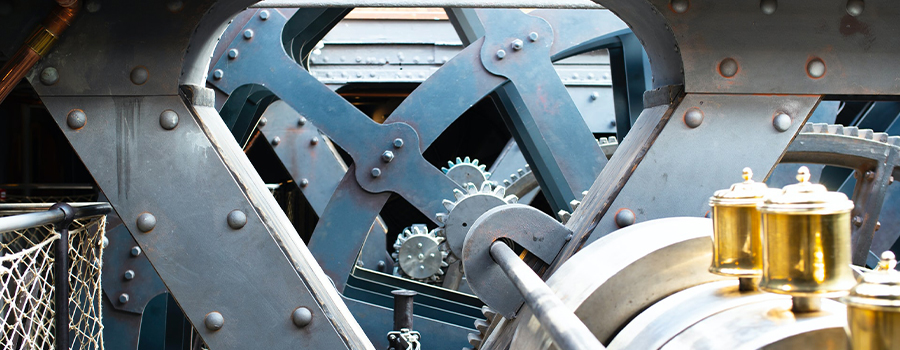
Physical laboratory construction has mechanical properties, light aging resistance, weather resistance, corrosion resistance, thermal properties, combustion properties experimental capabilities, to provide customers with analysis and testing services.
1. Service Products
|
Service Products |
Common Products |
|
Steel materials |
Carbon steel, stainless steel, heat-resistant steel, alloy steel, cast iron, etc. |
|
Special metal materials |
Functional alloys, metal matrix composites, etc. |
|
Other metal products |
Profiles, plates, wires, pipes, fasteners, castings, automotive parts, machinery and components, etc. |
|
Non-ferrous metals |
Aluminum and aluminum alloys, copper and copper alloys, etc. |
|
Non-metallic materials |
plastics, rubber, coatings, plating, adhesives, tapes, etc. |
2. Test items
|
Test items |
Interpretation of results |
|
Tensile test |
Tensile strength, yield strength, specified plastic elongation strength, elongation, sectional shrinkage, modulus of elasticity, n value, r value, Poisson's ratio (provide sample cross-sectional area), etc. |
|
Impact test |
Absorbed energy, lateral expansion value, shear section rate. |
|
Bending test |
Observation after bending test, the specimen bending the outer surface with or without cracks |
|
Compression test |
Compression strength |
|
Tube process performance test |
flattening test, flaring test, rolled edge test |
|
Fastener performance test |
Breaking torque, hydrogen embrittlement test, tensile strength of screws and bolts. |
3. Testing standards
|
Sample Name |
Test items |
Test standard name and number |
|
Plastic, Rubber |
Tensile properties |
ASTM D638-03 ISO 527-2:2012 GB/T 1040.1-2006 |
|
Plastic, Rubber |
Compression properties |
GB/T 1041-2008 ISO 604:2002 |
|
Plastic, Rubber |
Bending properties |
ASTM D790-03 ISO 178:2001 GB/T 9341-2000 |
|
Coated parts, plated parts |
Tapered shaft bending |
GB/T 11185-2009 |
|
Coated parts, plated parts |
Mandrel bending |
GBT 6742-2007 |
|
Rubber |
Compression permanent deformation |
QC/T 709-2004 GB/T 10653-2001 ISO 1856:1980 |
|
Plastic |
Simply supported beam impact |
ASTM D6110-04 ISO 179-2:1997 GB/T 1043.1-2008 |
|
Plastic |
Cantilever beam impact |
ASTM D4812-1999 ISO 180:2000 GB/T 1843-2008 |
|
Plastic, Rubber |
Shore hardness |
GB/T 2411-2008 ASTM D2240-05 ISO 7619-97 |
|
Plastic, Rubber |
Melt flow rate |
ASTM D1238-04 ISO 1133:1997 GB/T 3682-2000 |
|
Plastic, Rubber,Coated parts, plated parts |
Straight wear-resistant |
ASTM F2496 GME 60248 GME 60368 |
|
Plastic, Rubber,Coated parts, plated parts |
Rotational wear resistance |
ASTM D3884 ASTM D1175 ISO 5470-1 ISO 7784-2:1997 GB/T 1768-2006 ASTM D4060-2014 |
|
Coated parts, plated parts |
Pencil hardness |
ASTM_D3363-2005 GB/T 6739-2006 ISO 15184-2012 |
|
Ore, glass |
Mohs Hardness |
—— |
|
Color-painted parts, varnished parts |
Coating (color paint, varnish) adhesion |
ASTM D3359 GB/T 9286-1998 FLTM BI 106-01 |
|
Plastic, Rubber |
Bonding strength |
GB/T 15254-1994 GB/T 532-2008 JIS K6256-1:2013 |
|
Plastic, Rubber |
Tear strength |
GB/T 529-2008 ISO 34-1:2010 BS ISO 34-1:2010 ASTM D624-00(2012) |
|
Plastic, Rubber |
Shear strength test |
GB/T 7124-2008 |
|
Plastic, Rubber |
Peel strength |
GB/T 2792-2014 |
|
Plastic, Rubber |
Rockwell hardness |
GB/T 3398.2 ASTM D785 ISO 2039-2 |
|
Plastic, Rubber |
Ball pressure hardness |
GB/T 3398.1 ISO 2039 |
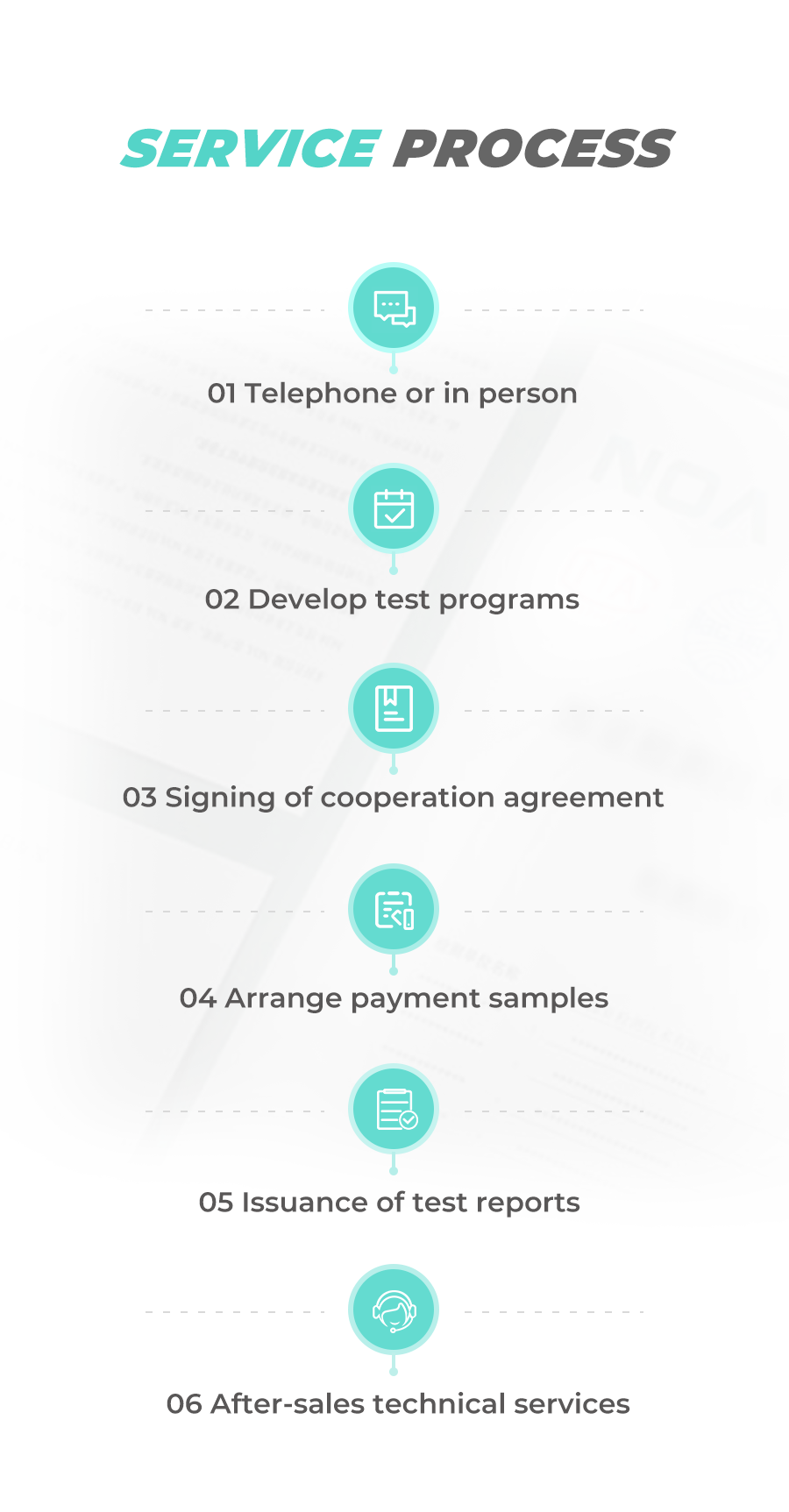




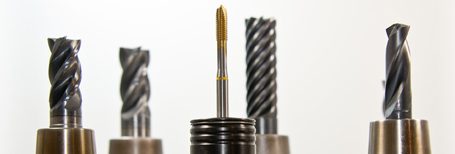
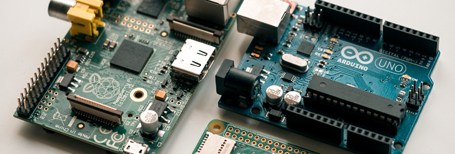
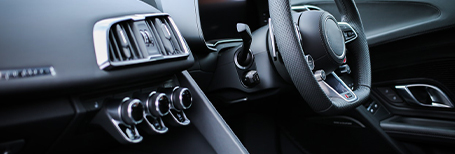
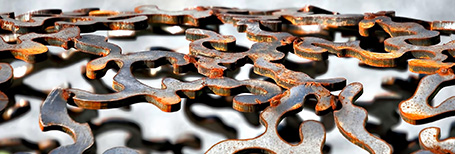



Tel:+86-400 821 5138
Fax:+86-21 3327 5843
Email:noa@noagroup.com